6 U.S. Native Trees for Home Landscapes
If you’re planning to add trees to your landscape, choose from one of these 6 trees that are native to most of the U.S.
The planet is warming, and our trees are reacting.
Urban foresters, public gardens such as Pennsylvania’s Longwood Gardens and the Chicago Botanic Garden, and even backyard gardeners have been documenting recent tree demises that are directly or indirectly related to climate change, including diseases on cool-preferring spruce and firs, branch diebacks, and “mysterious” deaths of Japanese and sugar maples.
The tree struggles come as the U.S. Department of Agriculture’s Climate Change Resource Center reports that America’s climate is on a road toward wetter, warmer, and less snowy winters; earlier springs; hotter, drier summers; more extreme fluctuations between heavy downpours and “flash droughts;” more erratic temperature swings; longer, drier autumns, and new bugs, diseases, and weeds that didn’t use to withstand colder winters.
All of that is taking a toll on trees – particularly those that don’t adapt well to change and that don’t do well in hotter weather.
Of 50 tree species the Chicago Botanic Garden studied, for example, 10 were identified as ones that won’t fare as well 30 years from now – American and Greenspire® lindens, shagbark hickory, Black Hills® spruce, American hop hornbeam, katsura, Norway spruce, Sargent cherry, amur maackia, and Serbian spruce.
The U.S. Forest Service also identified beech, sugar maple, gray birch, eastern white pine, and black cherry as others “vulnerable” in the climate that’s unfolding.
Knowing which species are best equipped to adapt to the future climate is good to know because trees are such long-term investments.
This native shade tree is a fast grower and a good choice for periodically rainy areas because its roots can endure poor drainage and damp soil better than most species.
The leaves have three main lobes and emerge reddish. But the real show is fall when the leaves turn brilliant red. Three of the best red-maple varieties for fall color are Redpointe®, Red Sunset®, and October Glory®.
Figure on a size of 50-60 feet tall and 30-35 feet wide in 25 years, ideally in full sun. Avoid salty sites. Grows in Zones 3-9.
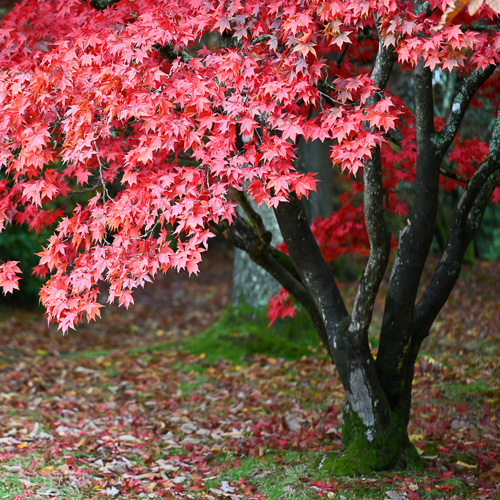
Red Maple Tree | BethAmber / iStock / via Getty Images
White Oak is another strong-limbed, native shade tree that gets its name from its flaky, light gray bark (almost white). The leaves are sharply lobed and turn from glossy green to russet-red in fall.
White Oak is also a heavy acorn producer, which makes it a good choice if you’re trying to benefit wildlife (but not such a good choice if you’re looking for a tree next to the patio).
Its growth rate is slow to moderate, but it can eventually work its way up to 80 feet tall and wide – or more. Grows best in full sun in Zones 3-9.
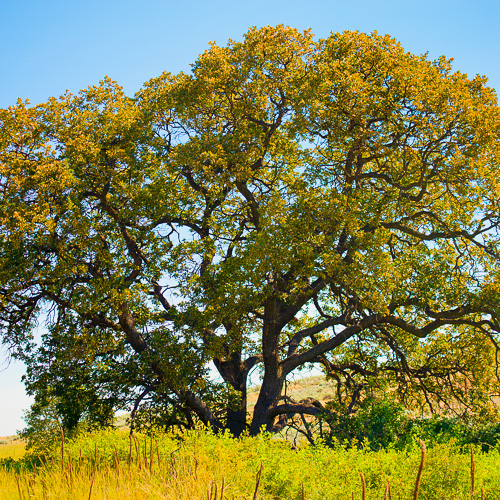
White Oak | Dee / iStock / via Getty Images
Another native species, river birch is best known for its peeling cinnamon-colored bark and yellow-gold fall foliage.
It prefers damp, acidy soil and grows fairly fast to 40 or more feet tall with a spread of 25 to 30 feet in sun to light shade. Dura Heat® is a good variety for heat tolerance. Grows in Zones 4-9.
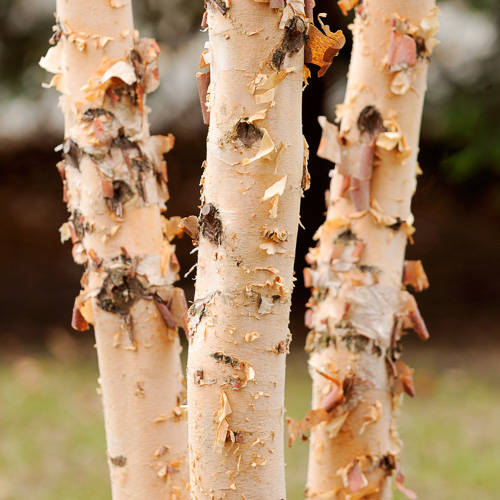
Birch | jorgeantonio / iStock / via Getty Images
This species has been around since the dinosaur age, so it has a track record of adapting to climatic change.
Ginkgo trees have distinctive fan-shaped leaves that turn brilliant gold in fall. They grow fairly fast to about 50 feet tall and 30 feet wide, although ‘Princeton Sentry’ and Golden Colonnade® are narrower varieties.
Avoid female types (rarely sold) that produce smelly fruits. Males don’t fruit. Grows in full sun in Zones 3-8.

Ginkgo | y-studio / iStock / via Getty Images
This durable 25- to 30-footer is a mid-sized native tree with orange-red fall foliage and a smooth, gray trunk that earns it the nickname “musclewood.”
American hornbeam is slow-growing, a favorite nesting tree of hummingbirds, and its fall-winged nutlets feed wildlife. ‘Fastigiata’ is a narrow form. Grows in full sun to light shade in Zones 3-9.
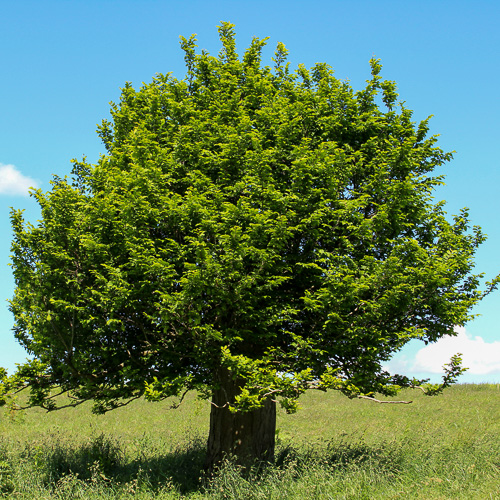
Hornbeam | mtreasure / iStock / via Getty Images
This petite, native magnolia is cold and heat resilient across much of the United States, and it thrives in both full sun and partial shade. It prefers damp soil.
Another plus is its fragrant white spring flowers. Sweetbay magnolia makes an excellent patio tree and grows to about 20 feet tall and almost as wide in 25 years. Grows in Zones 5-9.
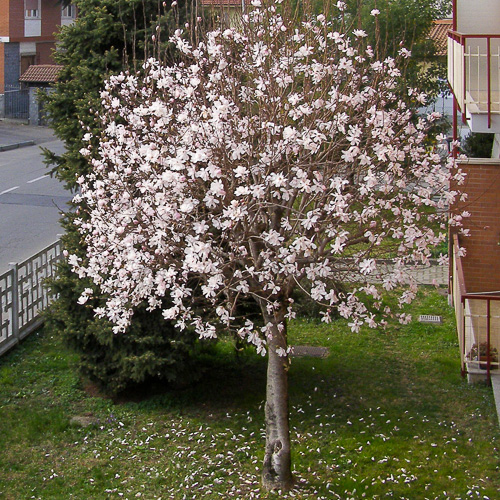
Sweetbay Magnolia | tg50 / iStock / via Getty Images
One of the best small flowering trees, this native species has multi-season interest with its springtime white flowers, blueberry-like juneberries that birds love, and a blend of blazing fall foliage.
Serviceberries grow in sun to part shade and reach about 18 to 20 feet tall and almost as wide in 25 years. Grows in Zones 4-8.
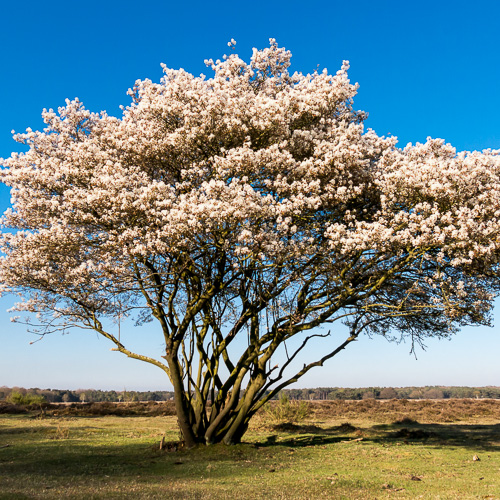
Serviceberry | TasfotoNL / iStock / via Getty Images